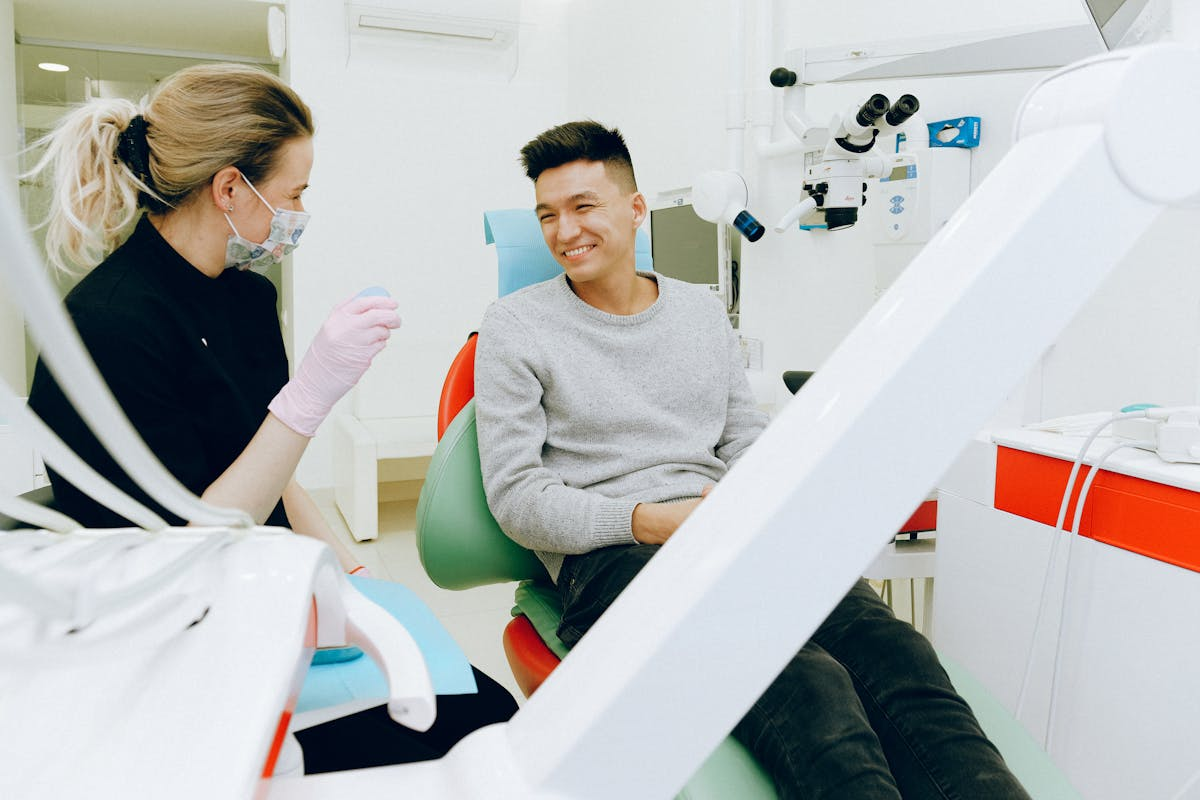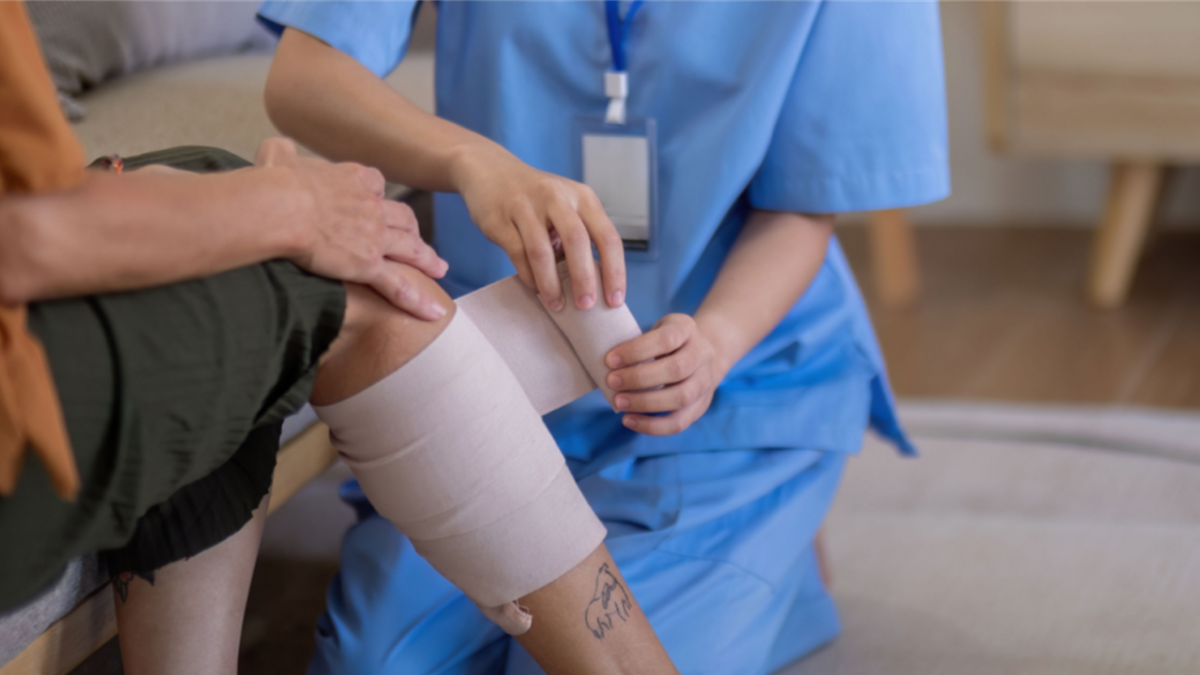A team of researchers at the Georgia Institute of Technology and Emory University have shown that a microneedle patch may be a safe and effective way of immunizing people against influenza viruses. The dissolvable patch could be a less painful and less expensive alternative to traditional vaccine injections.
“This bandage-strip sized patch of painless and dissolvable needles can transform how we get vaccinated,” said Dr. Roderic I. Pettigrew, Director of the National Institute of Biomedical Imaging and Bioengineering (NIBIB), which funded the study. “A particularly attractive feature is that this vaccination patch could be delivered in the mail and self-administered. In addition, this technology holds promise for delivering other vaccines in the future.”
The vaccine patch is coated in 100 water-soluble needles that dissolve after they penetrate the skin. The details of the experimental patch and its effectiveness at immunizing participants in a clinical trial were published in the journal, The Lancet.
“The skin is an immune surveillance organ,” said Dr. Mark R. Prausnitz, Regents Professor and J. Erskine Love Chair in Chemical and Biomolecular Engineering, Georgia Institute of Technology. “It’s our interface with the outside world, so it’s very well equipped to detect a pathogen and mount an immune response against it.”
Each needle tip is impregnated with the vaccine, which is released as the microneedles start to dissolve. The patch uses an adhesive similar to that used for bandages, which allows it to be removed after the vaccine has been released.
In a clinical trial involving 100 participants, the researchers compared the safety and efficacy of the microneedle patch delivery system with other types of vaccination. The volunteers were randomly assigned to one of four groups: microneedle patch administered by healthcare professional; microneedle patch self-administered; intramuscular injection by healthcare professional; or microneedle patch containing placebo administered by healthcare professional.
Participants vaccinated using the patch showed a similar antibody response, compared to those vaccinated through the traditional intramuscular injection. The immune response in these patients persisted six months after administration.
No serious adverse events were reported by those given the microneedle vaccine patch, however some participants showed mild skin reactions in response to the patch which consisted of redness and itching that lasted no more than a few days. What’s more, over 70 percent of the patch recipients reported that it would be their preferred method of vaccination for the future.












Join or login to leave a comment
JOIN LOGIN